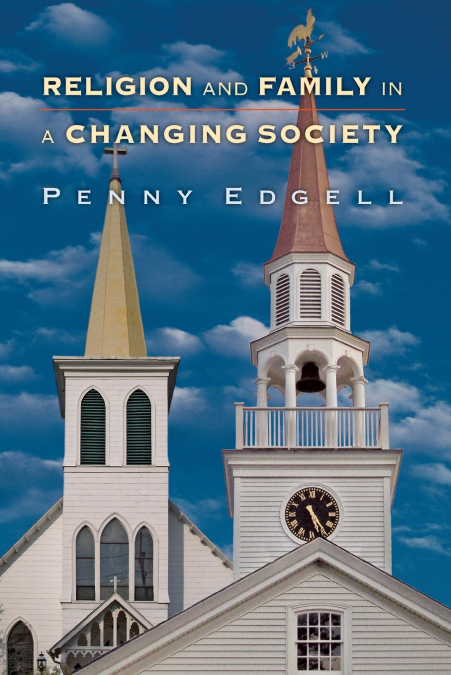
Penny Edgell
The 1950s religious boom was organized around the male-breadwinner lifestyle in the burgeoning postwar suburbs. But since the 1950s, family life has been fundamentally reconfigured in the United States. How do religion and family fit together today? This book examines how religious congregations in America have responded to changes in family structure, and how families participate in local religious life. Based on a study of congregations and community residents in upstate New York, sociologist Penny Edgell argues that while some religious groups may be nostalgic for the Ozzie and Harriet days, others are changing, knowing that fewer and fewer families fit this traditional pattern. In order to keep members with nontraditional family arrangements within the congregation, these innovators have sought to emphasize individual freedom and personal spirituality and actively to welcome single adults and those from nontraditional families. Edgell shows that mothers and fathers seek involvement in congregations for different reasons. Men tend to think of congregations as social support structures, and to get involved as a means of participating in the lives of their children. Women, by contrast, are more often motivated by the quest for religious experience, and can adapt more readily to pluralist ideas about family structure. This, Edgell concludes, may explain the attraction of men to more conservative congregations, and women to nontraditional religious groups.